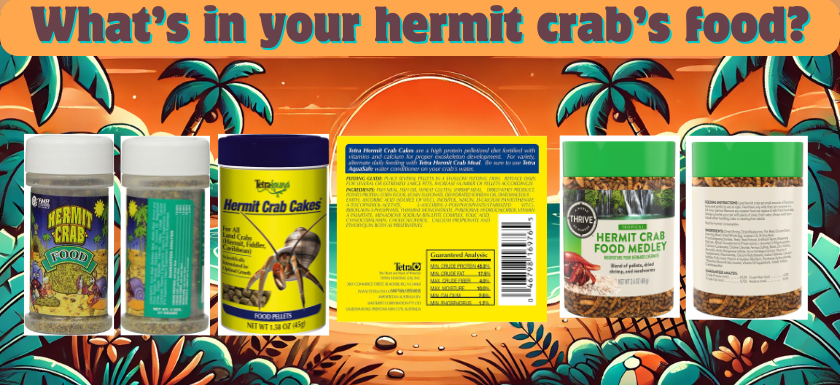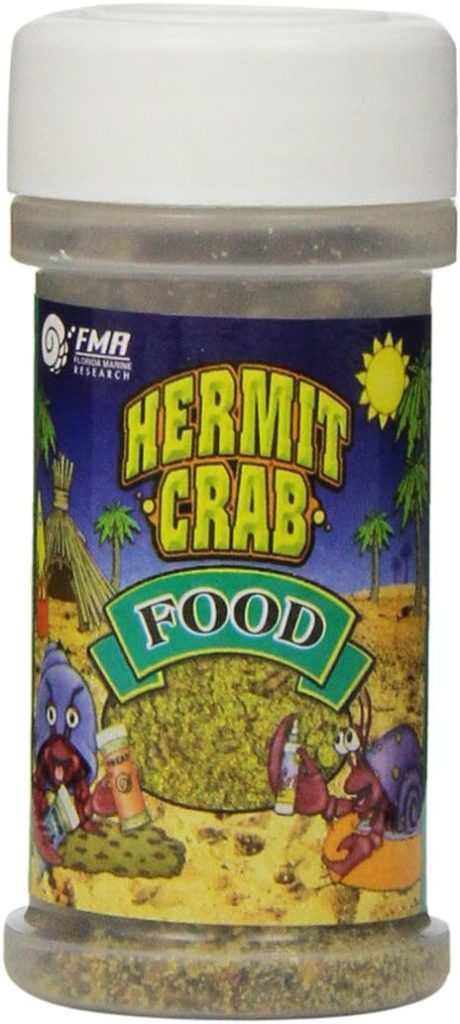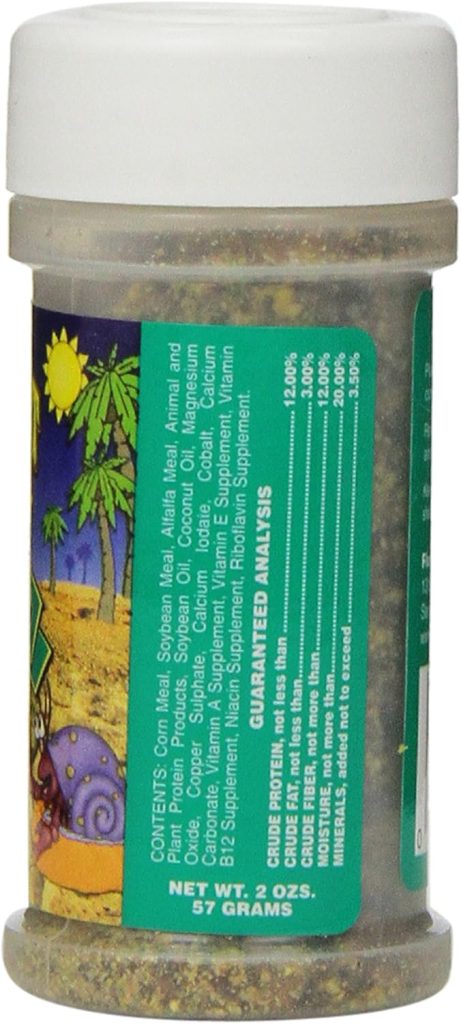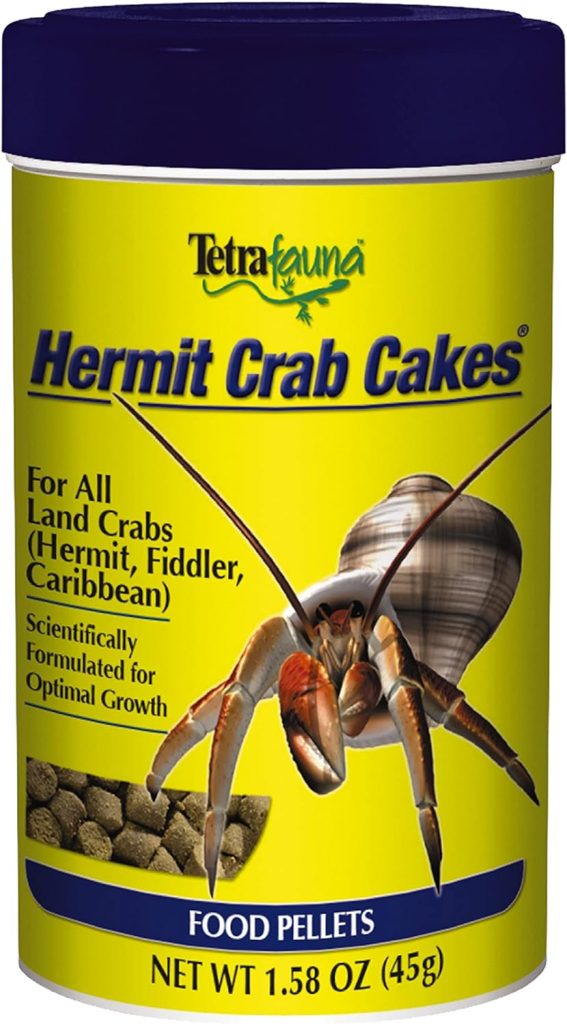Source: http://www.prestigepetproducts.com/WhatIsIt.htm
Alfalfa meal: is the aerial portion of the alfalfa plant, reasonably free of other crop plants, weeds and mold, which has been finely ground and dried by thermal means under controlled conditions other than sun curing. Alfalfa is an excellent source of phytochemicals and phytoestrogens and their antioxidant effect stimulates the immune system.
Amaranth: is a seed plant which is a good alternative source of carbohydrate energy. Amaranth is a valuable carbohydrate ingredient with a unique flavor that compliments the flavor of barley, oats and rye. It is also high in linoleic acids, which are good for skin and coat.
Chicken byproducts: consist of the rendered, clean parts of the carcass of slaughtered chicken, such as heads, feet, and viscera, free from fecal content and foreign matter except in such amounts as might occur unavoidably in good processing practices. Chicken byproducts are an inconsistent ingredient because of the multiple organs used, their constantly changing proportions and their questionable nutritional value. Chicken Byproducts are much less expensive and less digestible than chicken meal.
Chicken byproduct meal: consists of the dry, ground, rendered, clean parts of the carcass of slaughtered chicken, such as necks, feet, undeveloped eggs, and intestines — exclusive of feathers except in such amounts as might occur unavoidably in good processing practices. Chicken byproduct meal is an inconsistent ingredient because of the multiple organs used, their constantly changing proportions, and their questionable nutritional value. Chicken byproduct meal is much less expensive and less digestible than chicken meal.
Chicken Meal: is the dry rendered (cooked down) product from a combination of clean flesh and skin with or without accompanying bone, derived from the parts of whole carcasses of chicken — exclusive of feathers, heads, feet, or entrails. Chicken meal is considered to be the single best source of protein in commercial pet foods.
Corn germ meal: is ground corn germ which consists of corn germ with other parts of the corn kernel from which part of the oil has been removed and is obtained from either a wet or dry milling manufacturing process of corn meal, corn grits, hominy feed, or other corn products. Although corn germ meal contains the 10 essential amino acids that pets require, it has lowered amounts of methionine, arginine and taurine. Pet food companies utilize lower quality protein sources (protein fillers) like corn germ meal that have a lower biological value (percentage of protein absorbed and retained) than protein derived from high quality animal sources.
Corn gluten feed: is that part of the commercial shelled corn that remains after the extraction of the larger portion of the starch, gluten, and germ by the processes employed in the wet milling manufacture of corn starch or syrup. Corn gluten feed is an inexpensive by-product of human food processing. It offers very little nutritional value and serves mainly to bind food together.
Corn gluten meal: is the dried residue from corn after the removal of the larger part of the starch and germ, and the separation of the bran by the process employed in the wet milling manufacture of corn starch or syrup, or by enzymatic treatment of the endosperm.
Cornmeal: cornmeal is the entire corn kernel, finely ground. Corn products are commonly used in pet foods as a main protein source. Because corn products are lacking in certain amino acids such as methionine, arginine and taurine, they are not as nutritious as high quality meats.
Dehulled soybean meal: is the product obtained by grinding the flakes which remain after the removal of most of the oil and the outer covering of the soybean seed by a solvent or mechanical extraction process. Dehulled soybean meal is a poor quality protein filler. The ‘crude protein’ analysis on pet food labels is only a measurement of the amount of nitrogen in a food–not the quality of the protein. Because of this, pet food companies can use the cheaper by-products of human food production, such as soybean meal, to boost protein numbers. Meat is always the best source of quality protein. Meat protein is better absorbed and retained and is higher in essential amino acids like methionine, arginine, and taurine. Soybean meal has biologic value less than 50% of that of chicken meal.
Fish meal: is the clean, rendered (cooked down), dried ground tissue of undecomposed whole fish or fish cuttings, either or both, with or without the extraction of part of the oil. Fish meal is made from unspecified types of fish.
Meat meal or meat & bone meal: is the rendered product from mammal tissues, with or without bone, exclusive of any added blood, hair, hoof, horn, hide trimmings, manure, stomach and rumen contents except in such amounts as may occur unavoidably in good processing practices. Most people associate this ingredient with beef. The truth is that it can come from any mammal: pigs, goats, horses, rabbits, rendered animals from shelters, and dead animals found on roads. Meat meal can contain condemned parts and animals that are rejected for human consumption, including ‘4D’ animals: dead, diseased, dying, or disabled. It can include pus, cancerous tissue, and decomposed (spoiled) tissue. This inexpensive ingredient found in many commercial pet foods cannot be considered part of a safe, healthy diet for pets.
Soy flour: is the finely powdered material resulting from the screened and graded product after removal of most of the oil from selected, sound, cleaned and dehulled soybeans by a mechanical or solvent extraction process. Whenever flour is part of an ingredient’s name, the grain has been processed and some (or all) of the nutritional value has been lost. Frequently these flour ingredients are simply the leftover dust from processing human food ingredients.
Soy protein concentrate is: the clean dehulled soybean seeds that have had most of the oil and water soluble non-protein constituents removed. Although soy protein concentrate contains the 10 essential amino acids that pets require, it has lowered amounts of methionine, arginine and taurine. Pet food companies utilize lower quality protein sources (protein fillers) like soy protein concentrate that have a lower biological value (percentage of protein absorbed and retained) than protein derived from high quality animal sources. Soybeans are often GMO (genetically modified organisms) and have been altered through laboratory processes. Soybeans have also been linked to allergic reactions in pets, causing skin irritation.
Soybean oil: is obtained by extracting oil from soybeans. Soybean oil is low among vegetable oils in linoleic acid.
Soybean meal: the product obtained by grinding the flakes which remain after removal of most of the oil from soybeans by a solvent or mechanical extraction process. Soybean meal is a poor quality protein filler. The “Crude Protein” analysis on pet food labels is only a measurement of the amount of nitrogen in a food — not the quality of the protein. (Because of this, pet food companies can use the cheaper by-products of human food production, such as soybean meal, to boost protein numbers.) Meat is always the best source of quality protein. Meat protein is better absorbed and retained and is higher in essential amino acids like methionine, arginine, and taurine. Soybean meal has a biologic value less than 50% of that of chicken meal.
Wheat Flour: consists principally of the soft, finely ground and bolted meal obtained from milling wheat (containing essentially the starch and gluten of the endosperm) together with fine particles of wheat bran, wheat germ, and the offal from the tail of the mill. Whenever flour is part of an ingredient’s name, the grain has been processed and some (or all) of the nutritional value has been lost. Frequently these flour ingredients are simply the leftover dust from processing human food ingredients. In addition, wheat and wheat by-products can cause allergic reactions in some animals.
Harmful ingredients to avoid:
Menadione: A fungicide.
Copper sulfate: A pesticide.
Copper sulfate can be toxic to crustaceans and other aquatic organisms, and can negatively impact the health of aquatic ecosystems: [1, 2, 3, 4]
Toxicity
Copper sulfate can be toxic to crustaceans at certain concentrations. For example, a treatment containing 0.50 mg L-1 of copper sulfate can dramatically decrease the survival of shrimp.
Ecosystem disruption
Copper sulfate can lead to decreased populations of crustaceans and other aquatic organisms, which can disrupt the ecosystem.
Sources
[2] https://www.sciencedirect.com/science/article/pii/S0044848600004427
[3] https://scialert.net/fulltext/?doi=ijbc.2008.35.41
[4] https://www.sciencedirect.com/science/article/abs/pii/S0044848600004427
Ferrous sulfate: Used in inks and tanning.
Propylene glycol: Liquid antifreeze.
High fructose corn syrup: Sugar.
Cobalt sulfate: A toxin.
Ethoxyquin: A pesticide.
Ethoxyquin is an antioxidant and stabilizer used in fishmeal and fish oil to prevent fish and shrimp from spontaneously combusting during storage and transport. It’s a common ingredient in shrimp feed and is used in aquaculture. However, ethoxyquin is controversial and raises concerns about the potential for it to cross over into the human food supply chain. [1, 2, 3]
Sources
[1] https://shrimpalliance.com/know-your-supplier-ethoxyquin-shrimp-aquaculture/
[2] http://www.ciba.res.in/Books/ciba0596.pdf
[3] https://nutraceuticalbusinessreview.com/ethoxyquin-does-not-belong-in-your-food-99579
Butylated hydroxytoluene (BHT): An additive also found in embalming fluid, rubber and jet fuel.
Generic by-products: May contain any of the following: cancerous meat; animal carcasses with euthanasia fluids; animals wearing flea collars; diseased livestock rejected for human consumption; livestock poisoned by chemicals; plastic or styrofoam packaging











